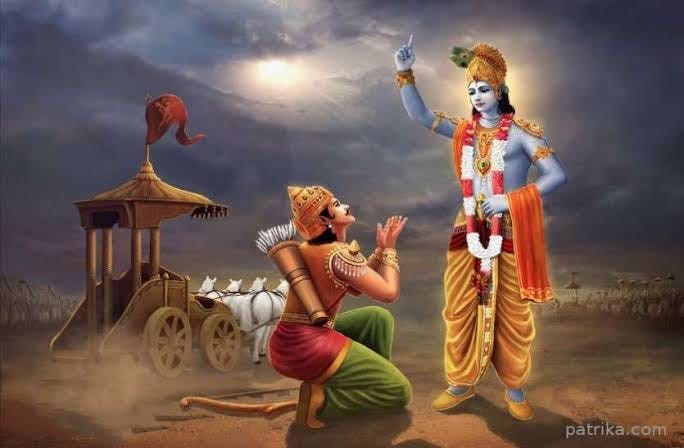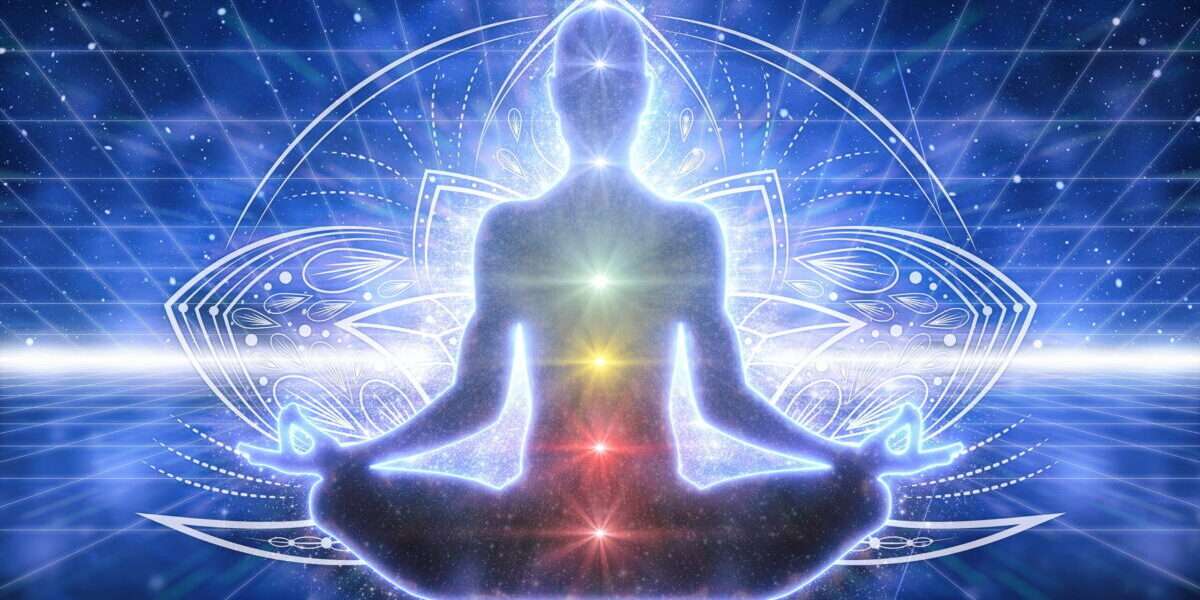
"When meditation is mastered, the mind is unwavering like the flame of a lamp in a windless place." – Bhagavad Gita 6.19

In modern Buddhism, a lot of distortions have been made as to the true teachings of the Buddha, such as the concept of Anatta, the idea that his teachings are chiefly atheistic and that he rejected the Vedas and the caste-system, of which very little is true. It is commonly taught that there are 3 Marks of Existence in Buddhism, namely Dukkha (Suffering), Anicca (Impermanence) and Anatta (No-Self) and that the body is composed of 5 different aggregates called Skandhas, which are Form (rūpa), Feeling (vedanā), Perception (saññā), Mental Formations (saṅkhārā), and Consciousness (viññāṇa) that constitute an individual's physical and mental existence and experience. They are not a "self" but rather a collection of ever-changing elements that contribute to the experience of "being".
However, Buddha never did in any of his existing discourses teach that there is no-Self, but in fact quite the opposite. Rather, he continually exhorted his disciples to know the Unborn and the Deathless, which is exactly the Self.
Asaṁkhataṁ padaṁ ñatvā, sato bhikkhu anissito; Upadhiṁ paṭinissajja, nibbānamanupāramo.
Knowing the unconditioned state, the mindful monk, independent, Giving up clinging, reaches the supreme peace - Nibbāna.
"Asaṁkhata" means "unconditioned" or "unmade" - which corresponds to the unborn, unoriginated state.
Being in the lineage of Sankhya Yogis, he taught the doctrine of Dhammapada 171 of anatma (“not-Self”) instead of niratma or niratta, meaning “no-Self”.
Etha passathimam lokam cittam rajarathupamam yattha bala visidanti nattbi sango vijanatam.
Come, look at this world (i.e., the five khandhas), which is like an ornamented royal carriage. Fools flounder in this world of the khandhas, but the wise are not attached to it.
Anatta is the characteristic of many notable Sanatana Dharmi teachers like Shankacharya and Swami Shivananda. It is in the words of Swami Nirmalananda Giri, “the exposition of that which must be realised as not being the Self, as that with which we must not identify or even consider as having the slightest connection with us.” The perfect expression of anatta is epitomised in ‘The Stanzas on Nirvana’ by Shankacharya:
I am not the mind, intellect, thought, or ego; Not hearing, not tasting, not smelling, not seeing; I am not the elements–ether, earth, fire, air: I am the form of Conscious Bliss: I am Shiva!
I am neither Prana, nor the five vital airs; Nor the seven components of the gross body; Nor the subtle bodies; nor organs of action: I am the form of Conscious Bliss: I am Shiva!
I have no aversion, clinging, greed, delusion; No envy or pride, and no duty or purpose; I have no desire, and I have no freedom: I am the form of Conscious Bliss: I am Shiva!
I have no merit or sin, nor pleasure or pain; No mantra, pilgrimage, Veda or sacrifice; Not enjoying, enjoyable, or enjoyer: I am the form of Conscious Bliss: I am Shiva!
I have no death or fear, no distinction of caste; Neither father, nor mother, nor do I have birth; No friend or relation, guru or disciple: I am the form of Conscious Bliss: I am Shiva!
I am without attributes; I am without form; I am all-pervading, I am omnipresent; By senses untouched, neither free, nor knowable: I am the form of Conscious Bliss: I am Shiva!
Again, in the words of Swami Nirmalananda Giri, “When we realize that nothing is ours and we have no relationship with anything, then we cultivate indifference (vairagya) to all things. Again, this is just being realistic. And it is the path to the end of suffering.”